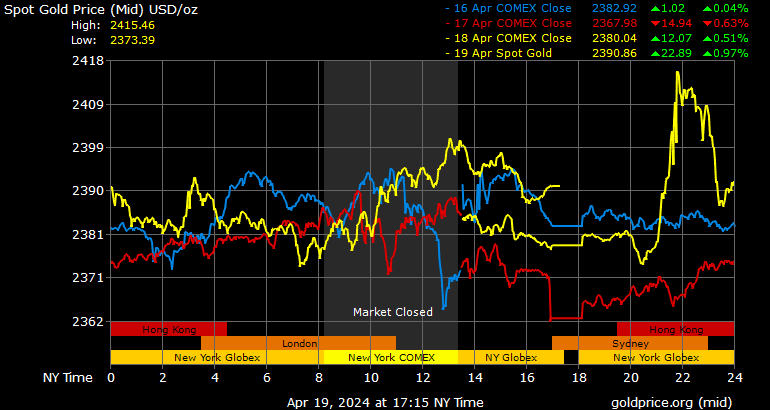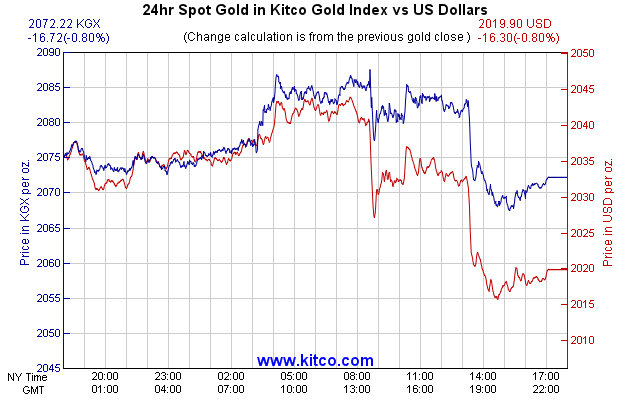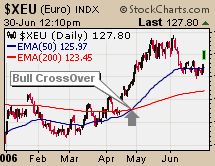Leverage is a facility that enables you to gain a large exposure to a financial market while only tying up a relatively small amount of your capital. It is a key feature of CFD trading.
When you invest in a leveraged product, the provider will ask you to put up a sum representing just a fraction of the total value of your position. Effectively, the provider is lending you the balance.
Your profit or loss is based on the full position, however. So the amount you gain or lose might seem very high in relation to the sum you’ve invested. It could even be much greater than your initial outlay.
To find out more about how leverage is a key component of CFD trading, please visit the Leverage and Margin section of our CFD trading module.
Your initial outlay is referred to as a margin or deposit requirement. Your provider will request this to cover or part-cover any potential losses you may incur.
The margin is always a fraction of what it would cost to buy the assets directly, but the exact size depends on various factors – a more liquid and less volatile market will require a smaller margin (e.g. 5%), whereas a volatile market may require a larger margin.
Some products require margins as a fixed amount per contract, while others are calculated as a percentage of the value of the position.
The margin is always a fraction of what it would cost to buy the assets directly, but the exact size depends on various factors – a more liquid and less volatile market will require a smaller margin (e.g. 5%), whereas a volatile market may require a larger margin.
Some products require margins as a fixed amount per contract, while others are calculated as a percentage of the value of the position.
Margin rates and slippage factors can vary, dependent on the regulatory rules governing the country in which your account is based.
A 10% margin means that for just $100 you could get the same exposure as a $1000 investment. This represents leverage of 10 times, or 10:1.
Let’s say you want to buy 1000 shares of XYZ Inc. At the current share price of $1, this would cost you $1000. If the share price goes up by 20c per share, you can sell out of your position at 1000 shares x $1.20 equals $1200 and make a $200 (or 20%) profit.
However, some providers will offer you the chance to buy XYZ Inc shares using leverage. All you will have to do is put down a margin – a percentage of the full value of $1000 – and you will retain the full exposure.
Let’s say the initial margin requirement is 10%. You would pay 10% x $1 x 1000 shares = $100. And if the share price rose from $1 to $1.20 you would still make the same profit ($200) as if you had bought the shares outright.
You have made the same profit in both cases, but using leverage you only had to put down $100 as margin instead of the full $1000. Your return on investment is 100%, as opposed to just 20% if you had to purchase the assets directly.
You can see that using leverage is a great way to magnify your exposure in a particular market. However, it should always be kept in mind that leverage not only magnifies your potential profits but also your potential losses. It is possible to lose much more than your initial margin if the market turns sharply against you.
See our managing risk module for information on how you can protect yourself against potential magnified losses.
The primary benefit of leverage is that it frees up your capital, as you only have to commit a fraction of the value of the assets you are interested in.
With leverage you can take a much larger position than you could with a direct physical holding. This means you can get the most out of your capital, and perhaps invest in a range of different assets instead of restricting yourself to one or two.
However, you should bear in mind that when trading with leverage you give up the benefit of actually taking ownership (in the case of shares) or delivery (in the case of futures). It is also vital to remember that you could be called upon to put down more margin and cover your losses if the market goes in the wrong direction for you.
Who uses leveraged products?
With leverage you can take a much larger position than you could with a direct physical holding. This means you can get the most out of your capital, and perhaps invest in a range of different assets instead of restricting yourself to one or two.
However, you should bear in mind that when trading with leverage you give up the benefit of actually taking ownership (in the case of shares) or delivery (in the case of futures). It is also vital to remember that you could be called upon to put down more margin and cover your losses if the market goes in the wrong direction for you.
Who uses leveraged products?
Investors and traders use leverage to magnify their exposure to various markets. This allows them to free up their capital to commit to other investments, thus spreading a set amount of capital much further than would be possible by buying the physical assets.
You can use leverage on most markets, including shares, forex, commodities, indices, bonds, ETPs and more. Forex is an especially highly leveraged market, with some brokers offering leverage of 400:1 and upwards. Naturally there are risks involved with such great leverage, and you should take care to fully understand the risks involved.
Firms also use leverage in much the same way, to invest in assets that have the potential to return a relatively high yield. A common corporate strategy is to use debt to finance operations. This is done because businesses feel they can make returns on these investments above the cost of the interest they need to pay on their debt.
You can use leverage on most markets, including shares, forex, commodities, indices, bonds, ETPs and more. Forex is an especially highly leveraged market, with some brokers offering leverage of 400:1 and upwards. Naturally there are risks involved with such great leverage, and you should take care to fully understand the risks involved.
Firms also use leverage in much the same way, to invest in assets that have the potential to return a relatively high yield. A common corporate strategy is to use debt to finance operations. This is done because businesses feel they can make returns on these investments above the cost of the interest they need to pay on their debt.
Source : https://www.ig.com/ae/leverage-articles



















I am really happy to say it’s an interesting post to read. I learned new information from your article, you are doing a great job. Keep it up. This Blog is interesting and please checkout for more information Fencing Supplies In Australia.
ReplyDeleteNice post! Well written !! I have got the best insights regarding. I look forward to reading many more informative posts similar to this. Thanks for the update. This Blog is interesting and please check out for more information Magento Development Services.
ReplyDelete